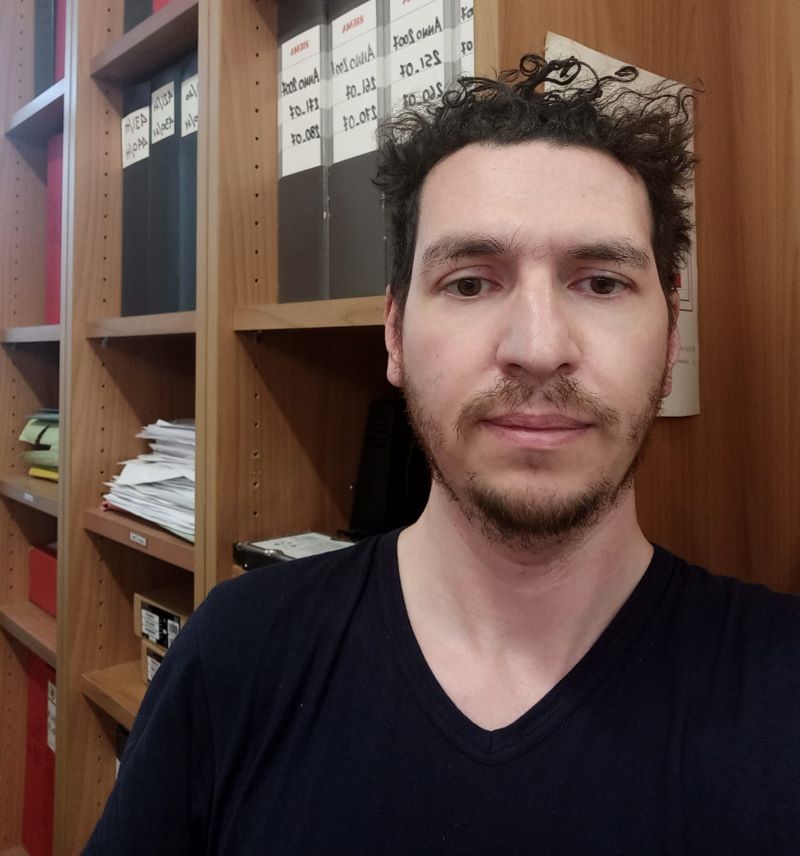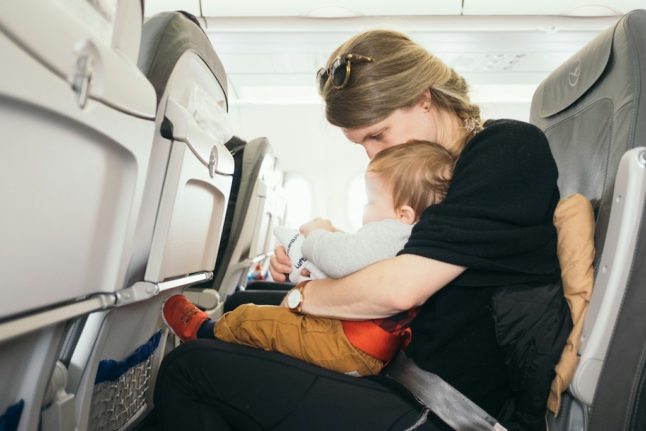Fabio Cardile from Palermo has a very peculiar job. For 25 years he’s been working as a family tree researcher for American and European clients interested in discovering their Italian origins.
They have an Italian background and an Italian-sounding last name, but have no idea who their ancestors were and, in most cases, don’t even know from where they migrated.
“I started doing these investigations first by dedicating myself to researching the origin of my own last name, Cardile, where exactly my family came from,” 44-year-old Cardile tells The Local.
“Then this passion turned into a job, and now I have clients from abroad contacting me and hiring me to dig into their family history and unearth information on their ancestral backgrounds.”
He was the one who discovered the origin of the last name of American actor John Travolta, and he also carried out research on the origins of Jill Biden’s Sicilian heritage.
In all cases, these are stories of Italian immigrants who left their homes decades, if not centuries ago, to find a brighter future in the US or in Europe, including the UK, France and Germany.
“In the hardest cases all clients are able to give me is their last name and I need to trace back in time the origin of it and the location in Italy where still nowadays there are similar-sounding names.”
READ ALSO: An expert guide to getting Italian citizenship via ancestry
What makes his job particularly tough is that most immigrants, when they landed in their country of destination, changed their surname by adapting it linguistically to the community they had moved to.
“It was very common for immigrants in the past to make their names sound American or English in order to adapt, be accepted by the local community and find a job more easily. They did not want to stand out from the crowd as Italians and be discriminated against in any way,” says Cardile.

Cardile’s job is very complex. He starts his investigations by digging into state records, as well local parish and graveyard archives, for ancient documents to support the ancestry claims of his foreign clients, who are pushed by a nostalgic need to reconnect with their forsaken roots.
He starts off with some online tools: four basic websites (gens.info; familysearch.org; ancestry.it; antenati.cultura.gov.it) where he can start looking for the geographic origin of last names by just typing them into a search bar – but as three of these sites are only in Italian, his foreign clients need his help.
On some of these websites, particularly the one run by the Culture Ministry, he finds state archives concerning birth certificates, death certificates, wedding certificates, or divorce certificates with specific dates and names, which allow him to start drawing up a family tree.
READ ALSO: Five surprising things to know about applying for Italian citizenship via ancestry
“Obviously, the more information people give me on where their ancestors might have hailed from, the easier it is for me to find the location and narrow down the search,” he says.
Cardile works across Italy, not just focusing on Sicily where most Italian emigrants left in the 1800-1900s.
State archives go back until the 1860s, when the Italian kingdom was formed, and in some cases, all the way back to the Renaissance, he says. Initial research starts at around €300 then Cardile’s fee rises if he needs to travel around Italy for further investigation.
When he has unearthed specific information on the probable origins of a family, he makes a trip to the local parishes, churches and graveyards which in a pre-unified Italy were the only places where birth and other family-related certificates could be found. This is where he may discover the original names of ancestors, who they were, when they got married, if they had children and who these could be, so he can more precisely define the family tree.
READ ALSO: What a law from 1912 means for your claim for Italian citizenship via ancestry
“When you get to digging into centuries-old religious documents, the hard part about dealing with churches and parishes is you need to interface with the priest or the chief of the local parish community, jump through hoops and tons of bureaucracy to get their permission to lay your hands on, and analyse, old documents”.
“Then, most of these documents are written in Latin, so you either need the priest as translator, or to know Latin yourself”.
After so many years of ancestry investigations Cardile has learned to read it and continues to hone his Latin language skills.
Find out more about putting together an application for Italian citizenship via ancestry in The Local’s Italian citizenship section.



 Please whitelist us to continue reading.
Please whitelist us to continue reading.
Member comments